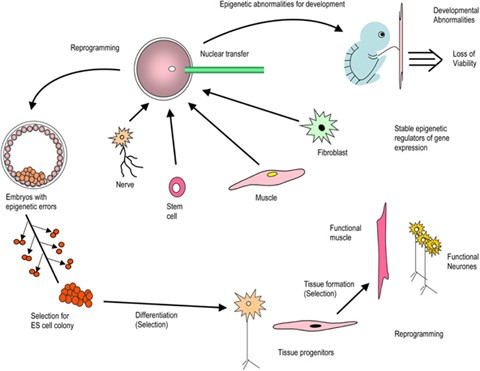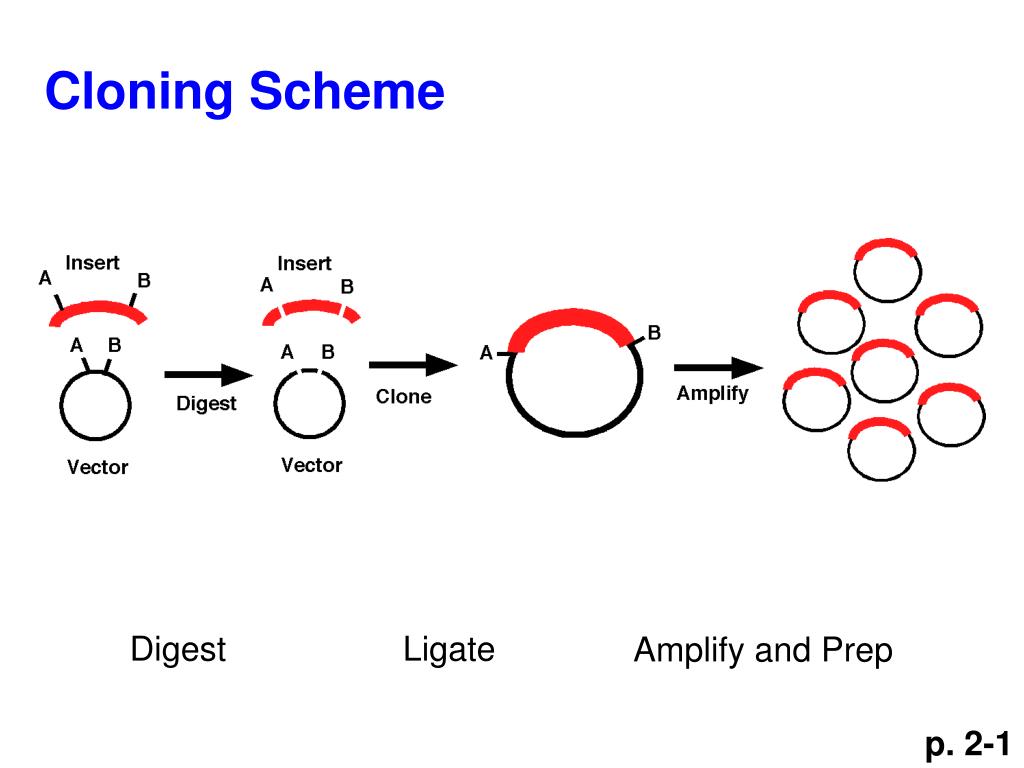
- #LIGATION INDEPENDENT CLONING SERIAL CLONER SOFTWARE#
- #LIGATION INDEPENDENT CLONING SERIAL CLONER SERIES#
- #LIGATION INDEPENDENT CLONING SERIAL CLONER FREE#
Lighter - Lighter: fast and memory-efficient sequencing error correction without counting.Fiona - Fiona: A parallel and automatic strategy for read error correction.Racer (Illumina only) - Supersedes HiTek by the same authors.Results in a substantial improvement in subsequent assembly steps. Quake - corrects sequencing reads or throws out bad reads.Pollux - claims to be able to do many platforms, including Illumina and Ion Torrent.FASTX-Toolkit - Pre-processing tools for sequencing reads.Web site with links to error correction tools.

A bunch of nice tools for short read overlapping, trimming QC etc.

One possibility would be ot modify PROT2NUC to make a list of the best primers, and then to overline them on the output. Reverse translation - There should be an automated way to identify the best degnerate primers from a protein sequence.However, it looks like the last release was in 2011. Includes blastviewer for viewing blast results.
#LIGATION INDEPENDENT CLONING SERIAL CLONER SOFTWARE#
#LIGATION INDEPENDENT CLONING SERIAL CLONER FREE#
CLC Sequence Viewer - free Linux, Windows, Mac.They include things like Jdotplotter, SequenceSearcher, NAP (DNA to protein aligner?), GraphDNA. The Viral Bioinformatics Resource Center at UVic has a bunch of neat Java applications that look quite promising.GenomeTools - looks particularly good for tools.Ugene - Especially good for cloning tasks, and available for redistribution under GPL2.0.Genbeans - Includes manipulation of FASTA files in a GUI.SeqKit - nice tools for manipulating FASTA/FASTQ filesAdded in BIRCH 3.40.TBTools - A Java application with a diverse set of genomics functions.Omics Playground - Web based system for analysis of omics data.15.1 Maybe its time to phase out Phylip.13.1 Basic Restriction Enzyme Tasks in BioLegato.7 Gene Expression/Transcriptome Analysis.3.3 Assembly viewers and Quality Assessment.3.1.4 Removel of non-paired reads from paired files.3.1.2 Trimming, elimination of small fragments etc.The cloned inserts average 80 kb in size and range from 70 to 95 kb, with one 49-kb insert and one 62-kb insert. To date we have identified a total of 17 clones containing the hypoxanthine-guanine phosphoribosyltransferase, human serum albumin-human α-fetoprotein, p53, cyclooxygenase I, human apurinic endonuclease, β-polymerase, and DNA ligase I genes. On average, the library contains two or three different clones for each locus screened. To screen the library, clones were combined in a pooling strategy and specific loci were identified by PCR analysis.
#LIGATION INDEPENDENT CLONING SERIAL CLONER SERIES#
The resulting library, designated DMPC-HFF\#1 series A, consists of ≈130,000-140,000 recombinant clones that were stored in 1500 microtiter dishes. These were used to generate recombinant bacterial clones, each of which was picked robotically from an agar plate into a well of a 96-well microtiter dish, grown overnight, and stored at -70⚬C.

The inserts were cloned into the pAd10sacBII vector and packaged in vitro into P1 phage. The cloned DNA inserts were produced by size fractionation of a Sau3AI partial digest of high molecular weight genomic DNA isolated from primary cells of human foreskin fibroblasts. We describe here the construction and initial characterization of a 3-fold coverage genomic library of the human haploid genome that was prepared using the bacteriophage P1 cloning system.


 0 kommentar(er)
0 kommentar(er)
